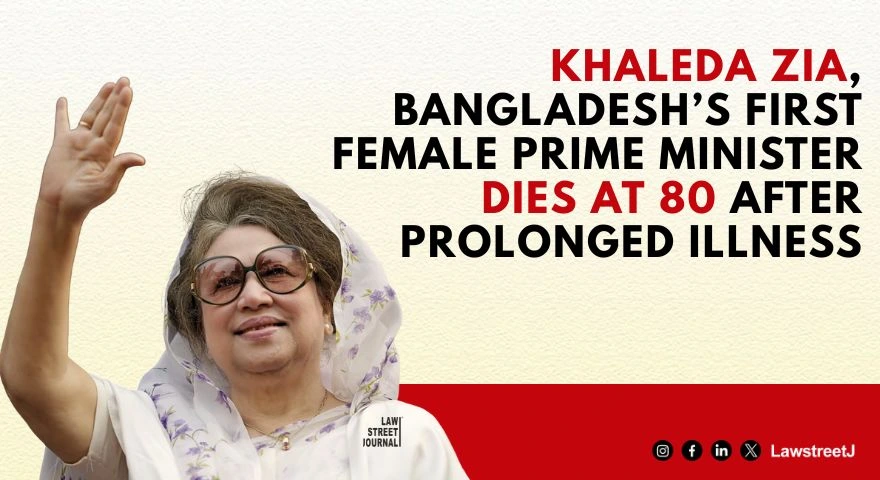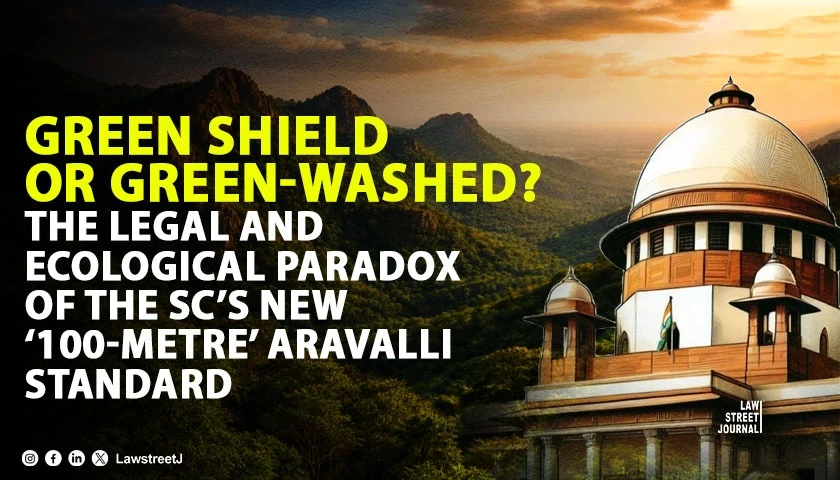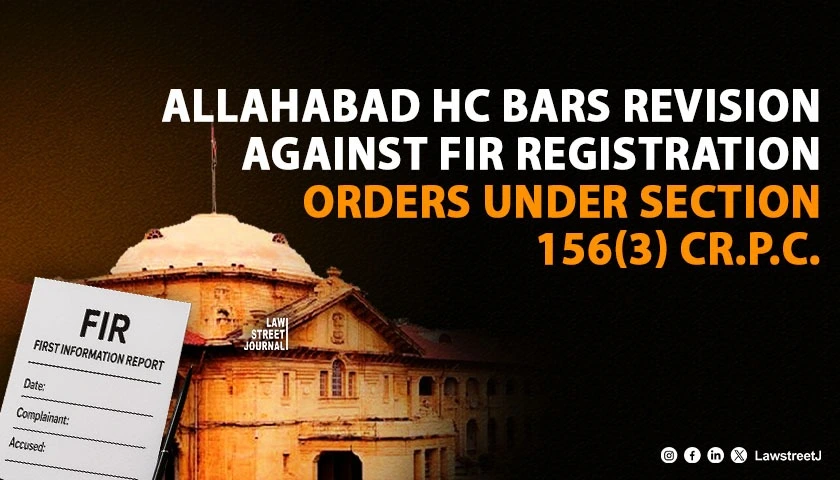The Kerala High Court on November 18, 2019, in the case of Muflih v. State of Kerala, has observed that the police should not pursue in a hot chase a two wheeler rider for booking him for not wearing a helmet as this is likely to put the life of the officer and the traffic offender to peril.
A Single Judge Bench of Justice Raja Vijayaraghavan V. made the observation while hearing an application filed under Section 438 of the Code of Criminal Procedure, 1973. The applicant in the case was accused of having committed an offence punishable under Sections 353, 332, 333, 324 and 326 of the Indian Penal Code, 1860.
It was the case of the prosecution that the applicant, aged 18 years, was seen riding without a helmet. In order to slap a challan, he was signalled to stop the vehicle, however, without stopping the bike the applicant intentionally proceeded forward and dashed the de facto complainant on his left leg in an attempt to escape. The motor cycle went on to hit a motor car coming from the opposite side and the rider fell on the road. It was alleged that in order to escape, the applicant accelerated the bike and dashed the officer causing serious injuries including fracture of his leg.
The applicant, on the other hand, in his bail petition contended that the officer had abruptly entered the carriageway to physically intercept the bike and as he was travelling at a speed, he impulsively swerved to the right after hitting the de facto complainant and crashed into the car.
Taking into consideration the facts and circumstances of the case including the applicants age and that the incident was not premeditated, the court did not find custodial interrogation to be necessary in the instant case. Thus the court accepted the bail application.
However, before parting with the matter, the court said that I have no doubt that the incident had happened solely because of the antiquated methods still being used by the Motor Vehicles Department and the Police for detecting Traffic Offences. It is high time that equipment like digital camera, traffic surveillance camera, mobile phone cameras over even hand held video cameras are used by police officers as well as other officers to detect traffic offences. If such methods are used, there will be fool proof evidence to initiate legal action against the offender. If a person drives past at breakneck speed without wearing a helmet or if he does not stop a vehicle on being signalled, the registration number can be recorded and the details of the vehicle can be transmitted through wireless or any other mode and he can very well be intercepted. If the Rules permit, barricades can also be placed to slow down the vehicles. or carrying out routine checks to curb traffic offences, the Motor Vehicles Inspector or the Police Officers will be well advised to carry out the checks in pre-announced and wellmarked fixed points as stated in the Circular No.6/2012 dated 28.03.2012 issued by the State Police Chief. The objective is not to catch people by surprise but to educate the people in safety habits."
The court noted that the Motor Vehicles (Driving) Regulations, 2017, specifically provide for stopping a vehicle by using signaling devices and not by physically obstructing the passage of vehicles.
The court observed that "Whatever happens, the officers are not expected to make an attempt to physically stop vehicles by jumping on to the middle of the road expecting the driver of the offending vehicle to stop. Under no circumstances shall a two wheeler rider be pursued in a "hot chase" for booking him for not wearing a helmet as this is likely to put the life of the officer and the traffic offender to peril. Several lives have been lost by these adventurous acts and it is high time that remedial measures are taken."

![Police Shall Not Pursue In A 'Hot Chase' Two Wheeler Riders For Booking Them For Not Wearing A Helmet: Kerala HC [Read Order]](/secure/uploads/2019/11/lj_5026_Police_Shall_Not_Pursue_In_A_'Hot_Chase'_Two_Wheeler_Riders.jpg)







